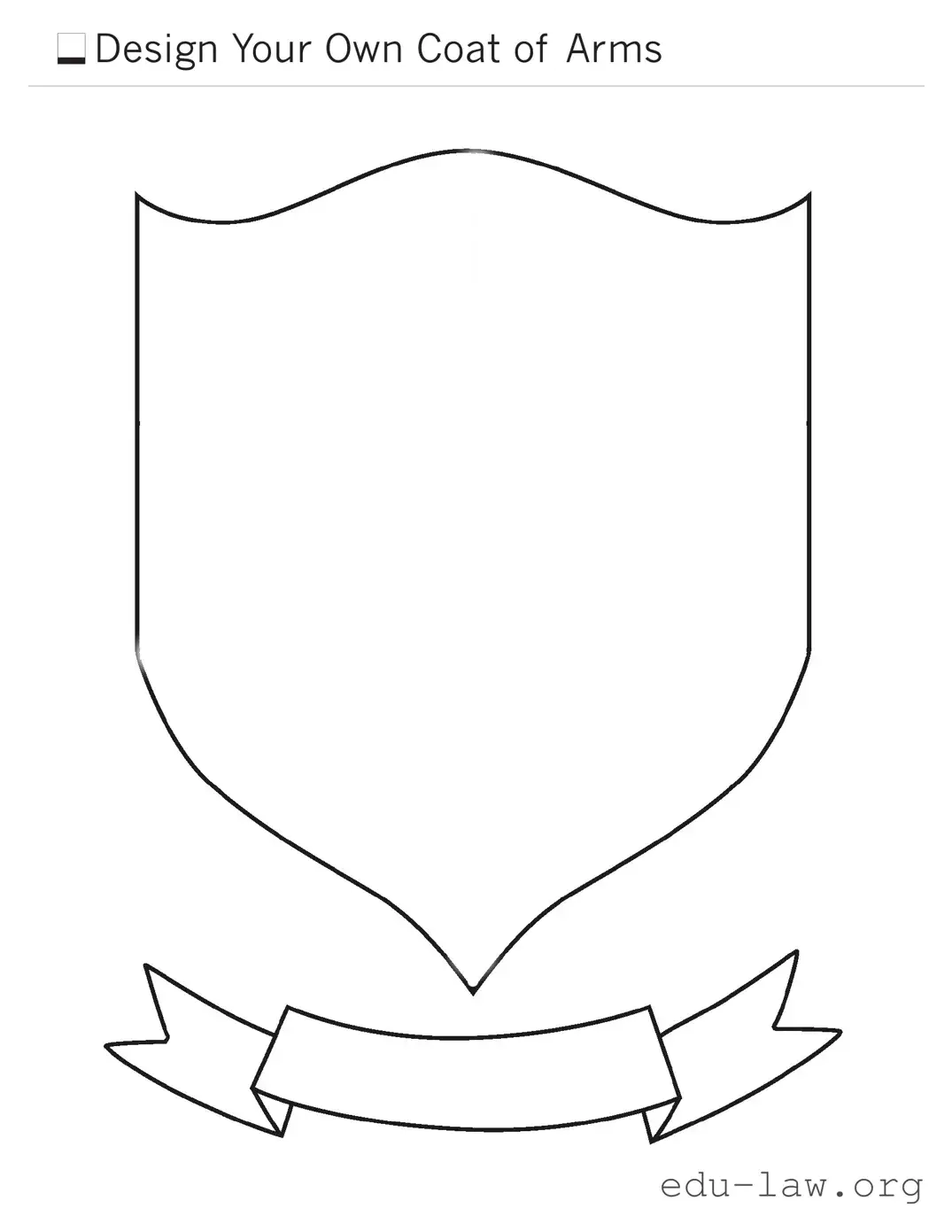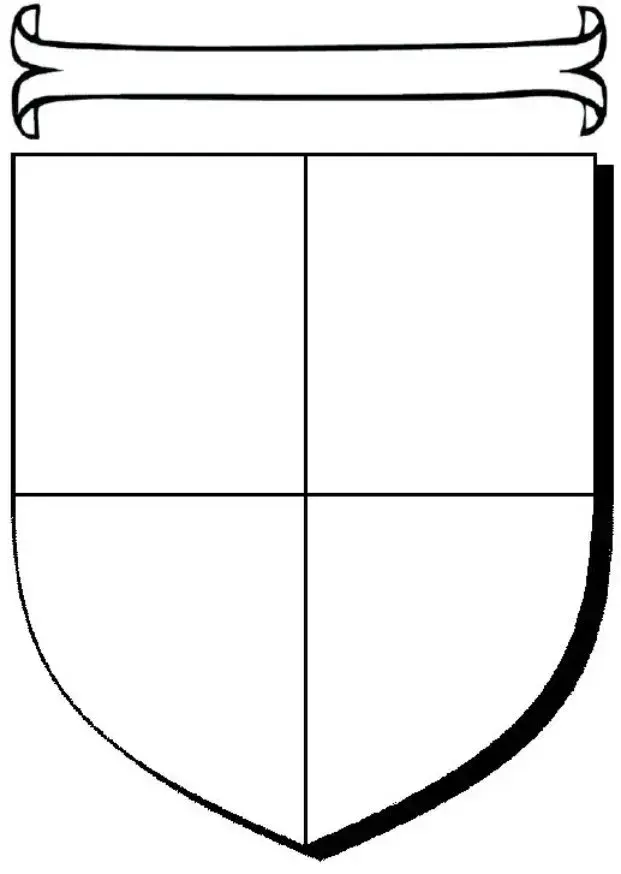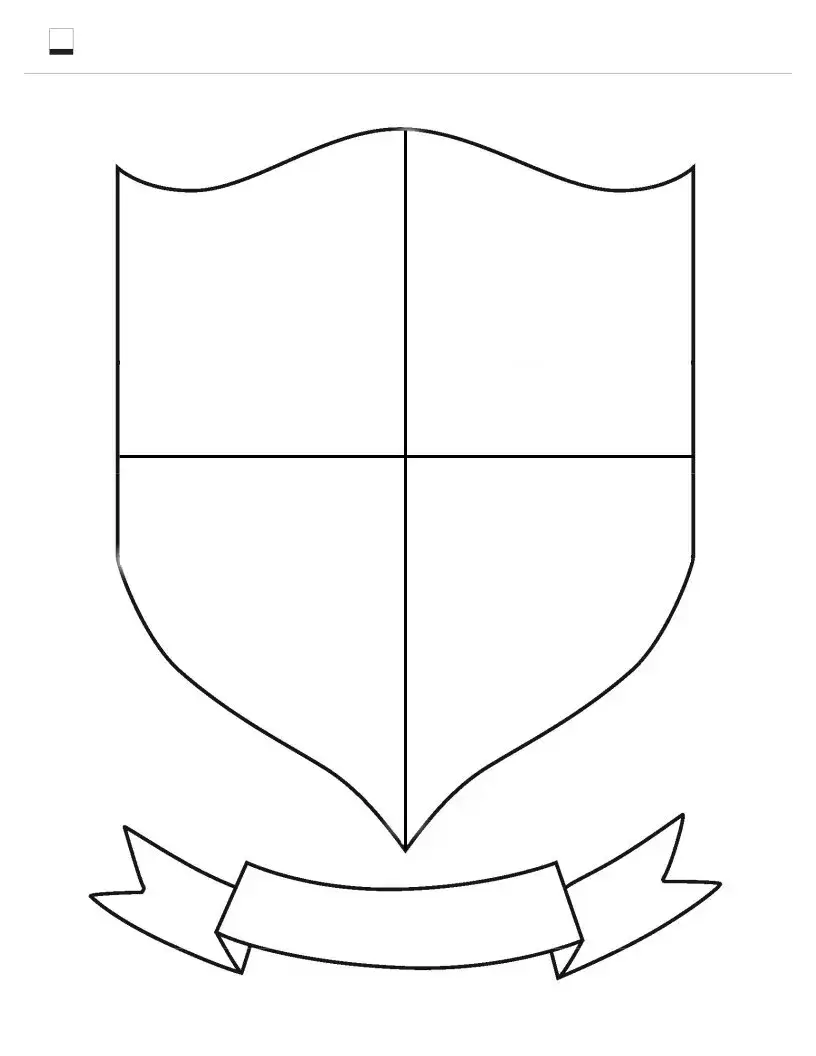What is the Coat Of Arms form?
The Coat Of Arms form is a document that individuals or organizations can use to request the official design or related information regarding a coat of arms. This form typically serves as a means to document requests for the creation, registration, or consultation of coats of arms, which symbolize identity, heritage, or affiliation.
Who can submit a Coat Of Arms form?
Any individual, family, or organization with a legitimate interest in requesting a coat of arms can submit this form. Requestors may include descendants of armigers (those who bear a coat of arms), organizations wishing to establish an official identity, or individuals seeking a design for personal or commemorative purposes.
What information is required to complete the Coat Of Arms form?
The form typically requires details such as the name of the applicant, the intended purpose of the coat of arms, any specific designs or symbols to be included, and supporting documents that may substantiate the request. Accurate and complete information will facilitate the review and processing of the application.
How long does it take to process a Coat Of Arms form?
The processing time for the Coat Of Arms form varies based on several factors, including the complexity of the design and the volume of requests being handled at the time. Generally, applicants can expect a response within several weeks to a few months. Follow-up inquiries may help clarify any delays.
Is there a fee associated with submitting the Coat Of Arms form?
Yes, there is usually a fee involved in submitting the Coat Of Arms form. This fee can vary based on the nature of the request and the governing body reviewing the application. The applicant should check the relevant guidelines or contact the office that processes these forms for specific fee information.
What happens if my Coat Of Arms request is denied?
If the request for a coat of arms is denied, the governing body typically provides an explanation for the decision. The applicant may have the option to revise their request based on the feedback received or appeal the decision if permitted by the rules governing coat of arms registration.
Can I use a coat of arms without formal approval?
Using a coat of arms without formal approval may lead to issues, especially if the design is already associated with another entity. It is advisable to seek approval to ensure that the coat of arms can be legally and rightfully used without infringing on the rights of others.
How can I check the status of my Coat Of Arms form submission?
Applicants can typically check the status of their Coat Of Arms form by contacting the relevant office directly via phone or email. Providing the submission details, such as the date of application and any reference numbers, will help expedite the inquiry process.





